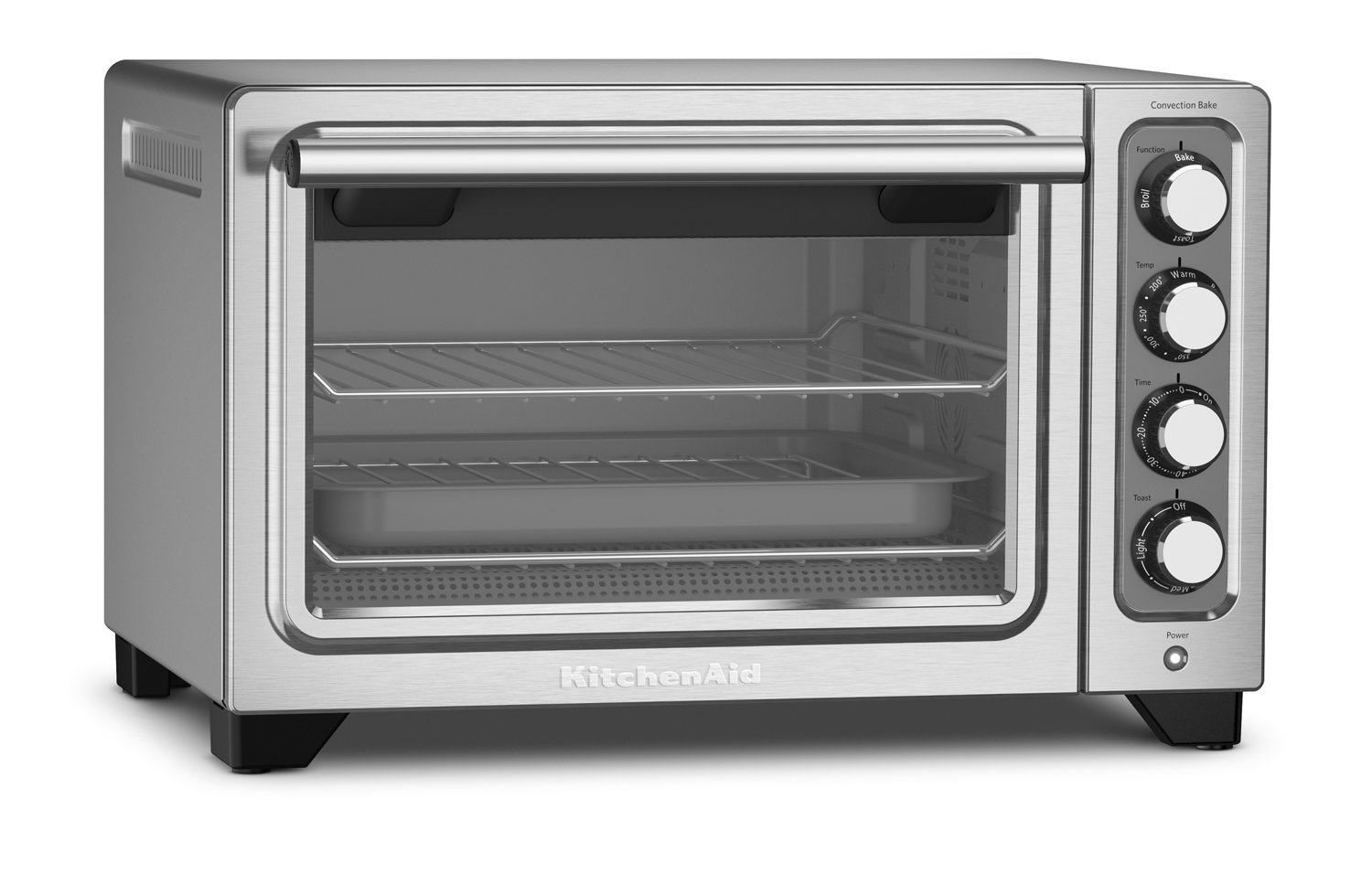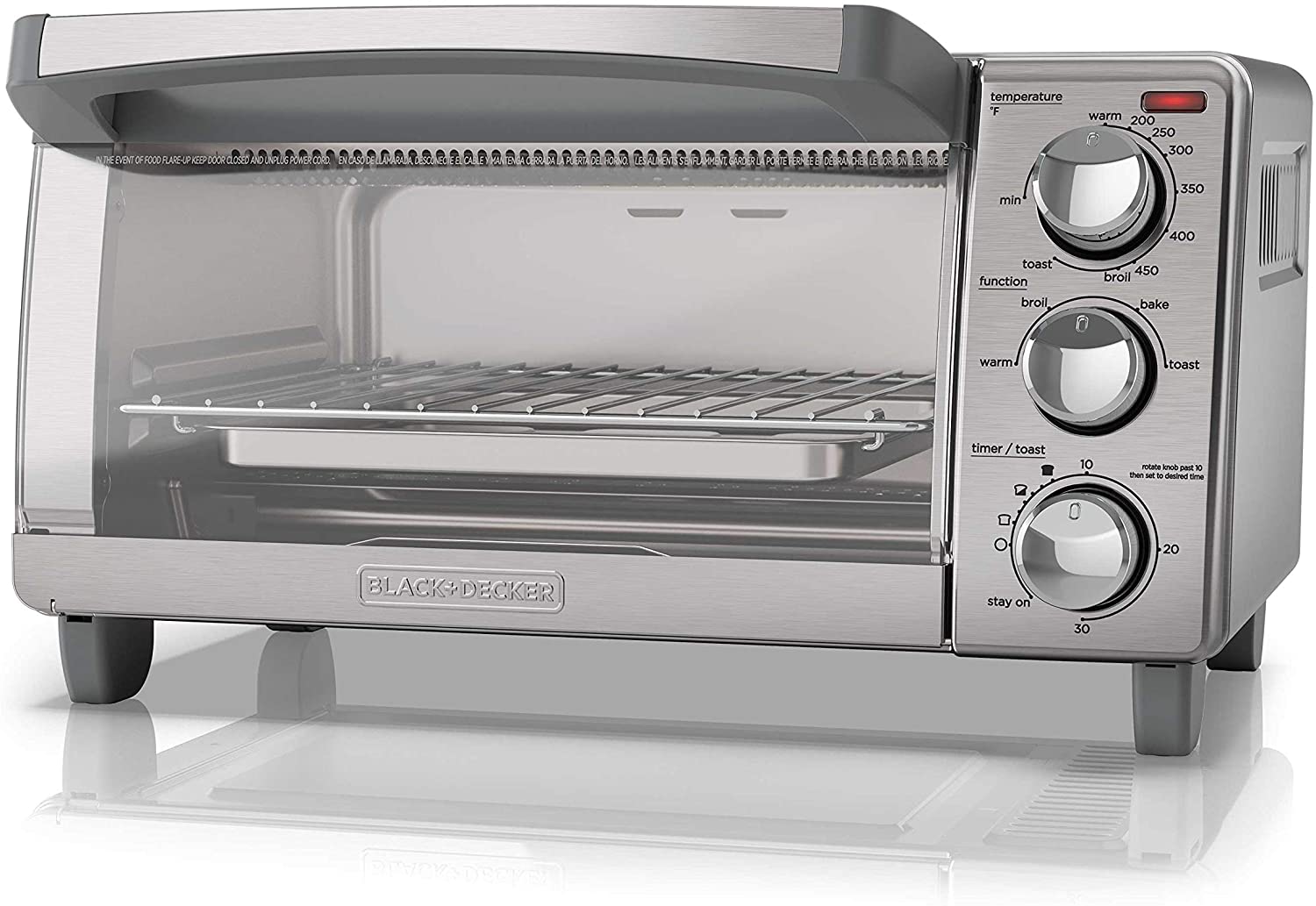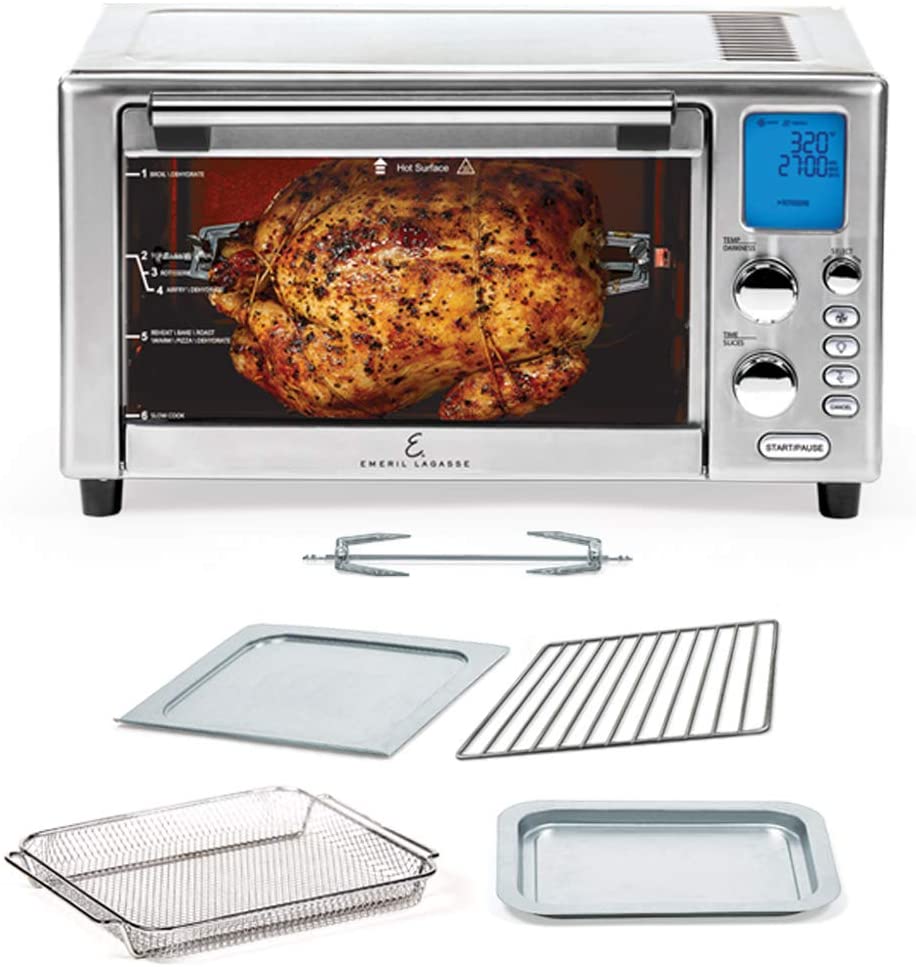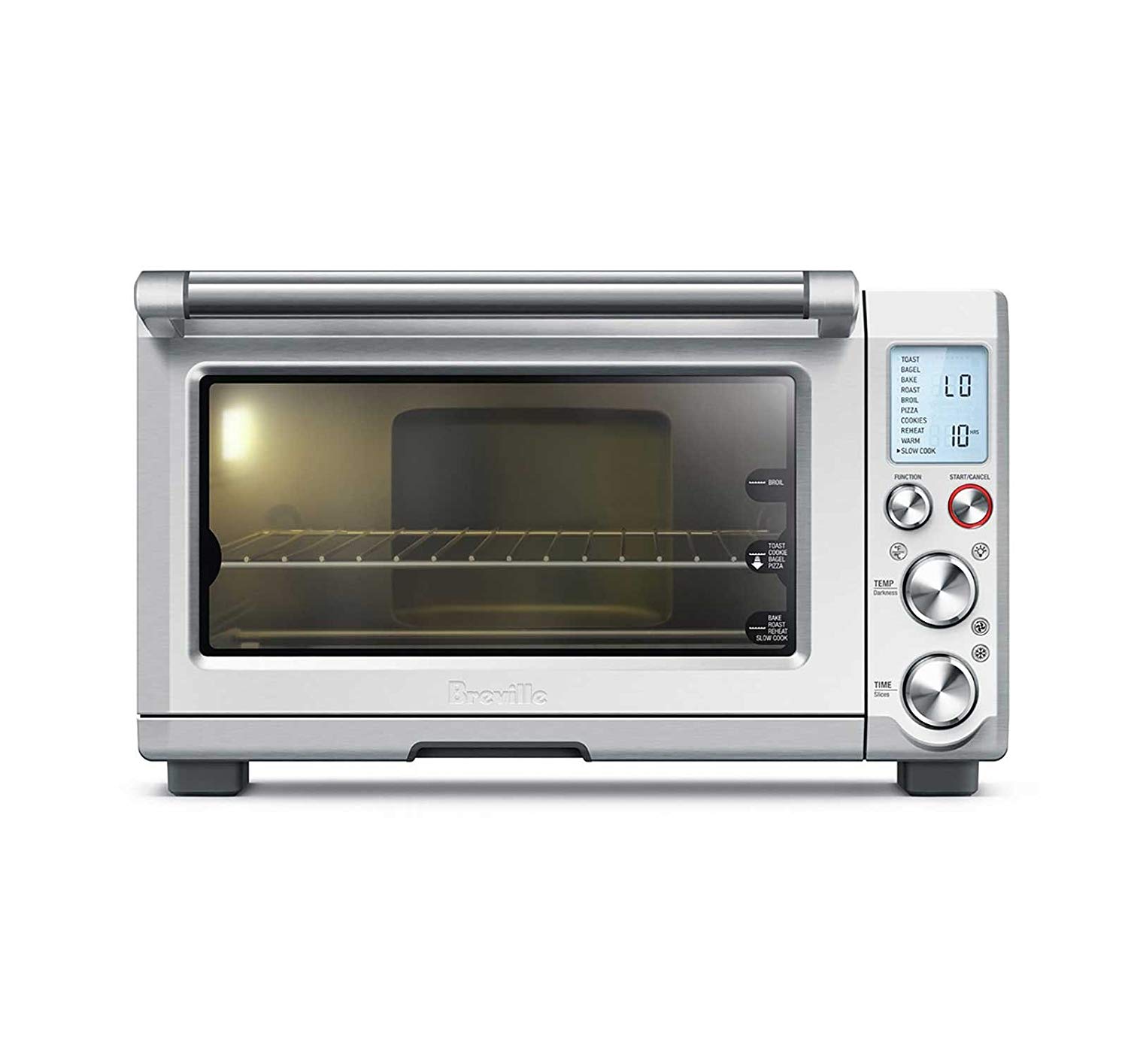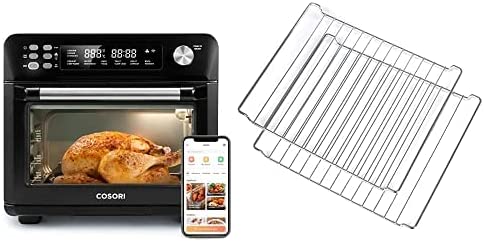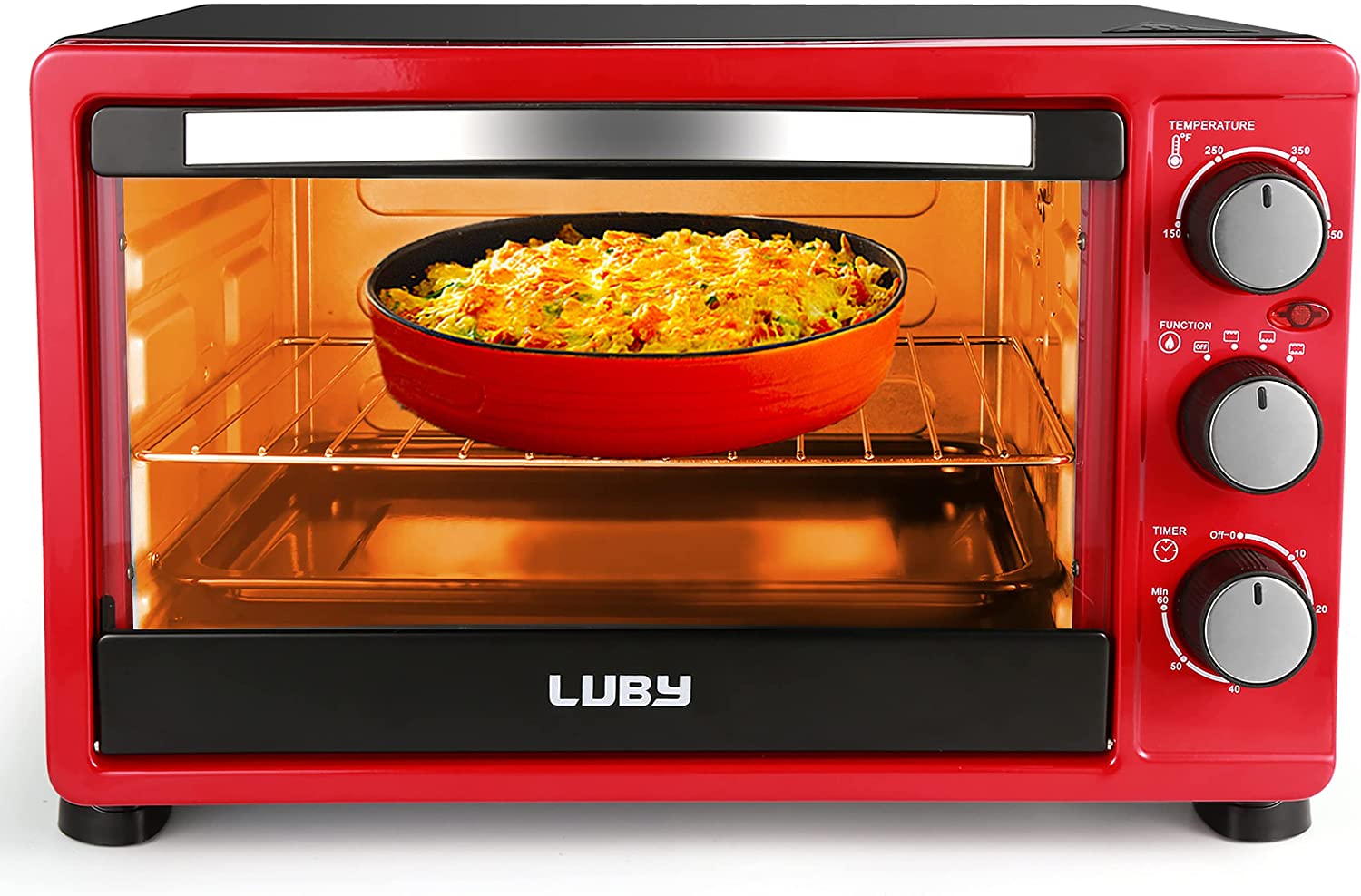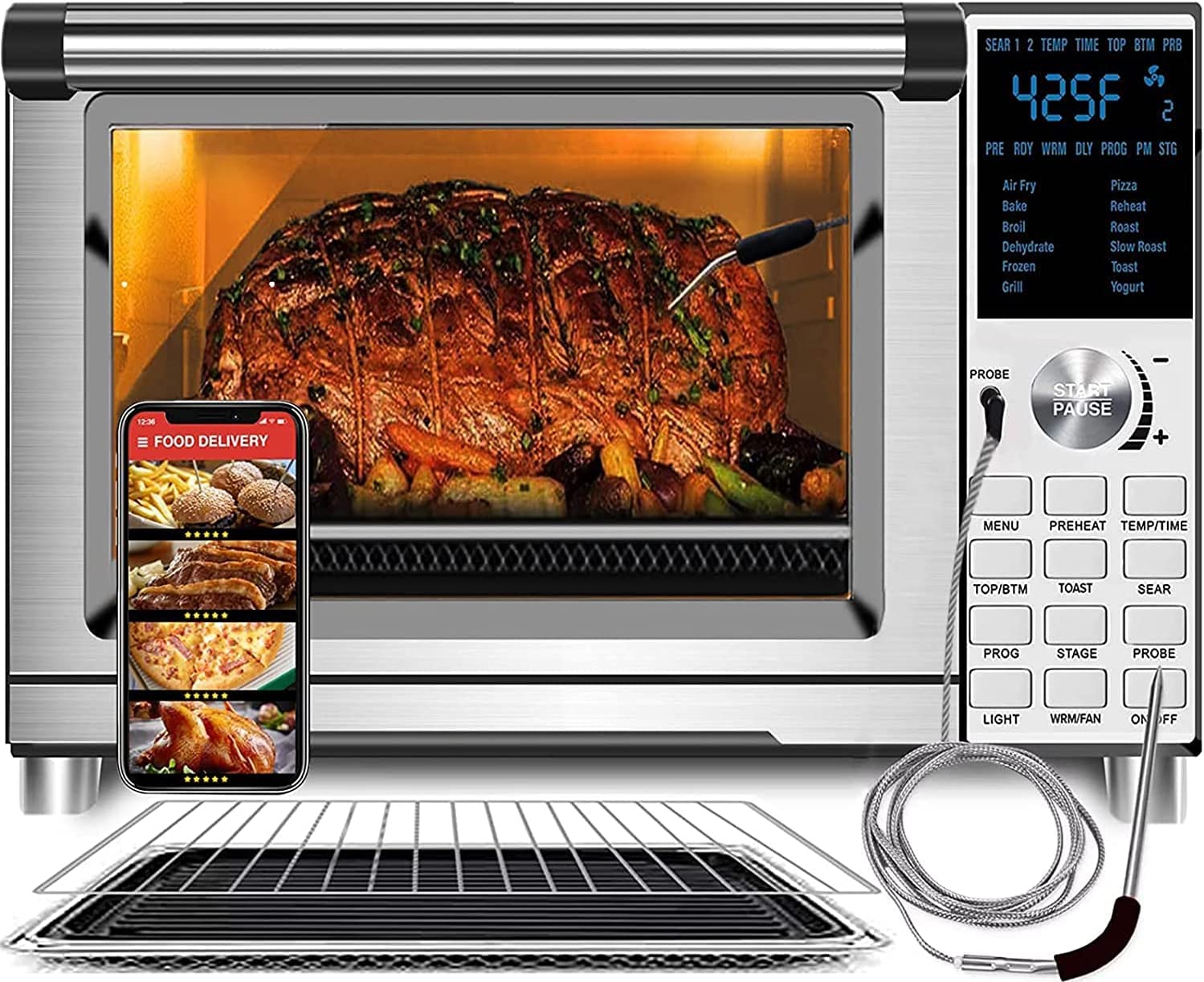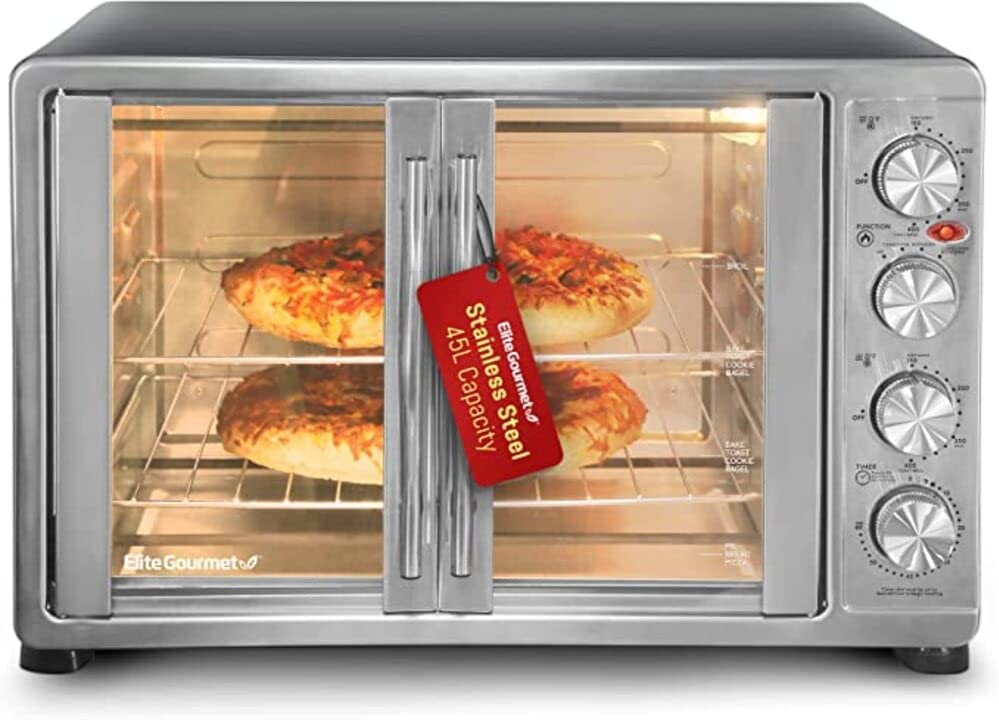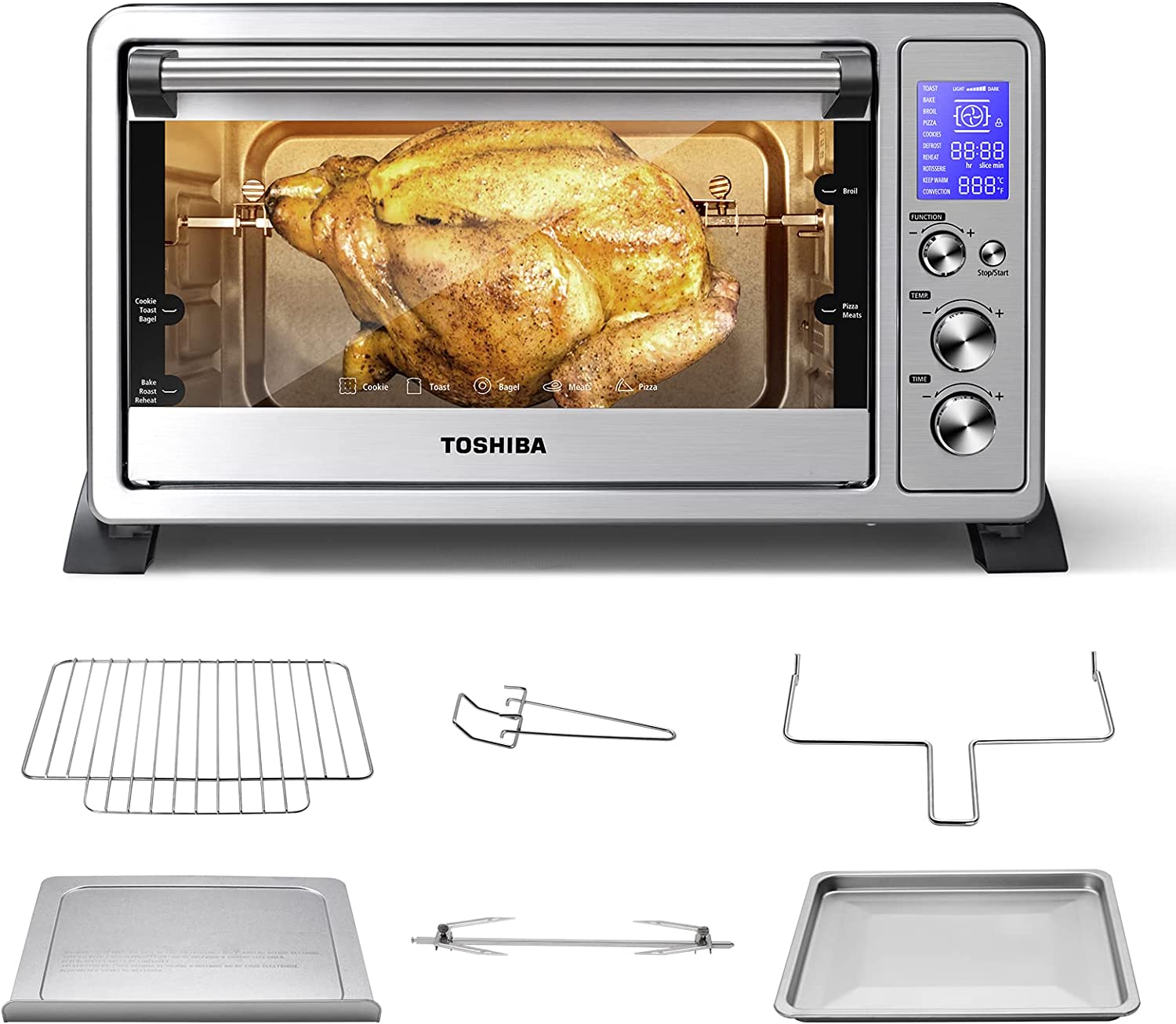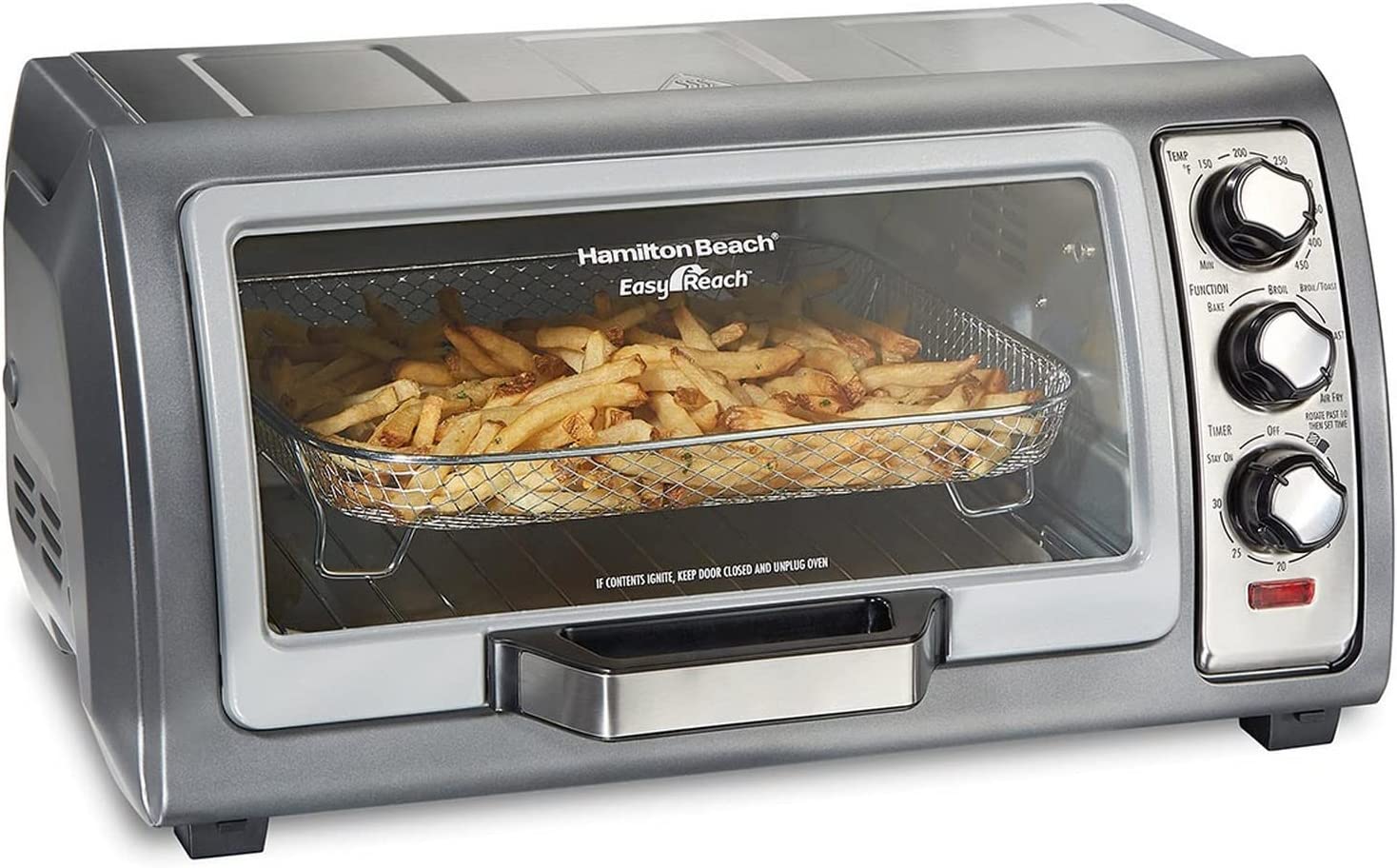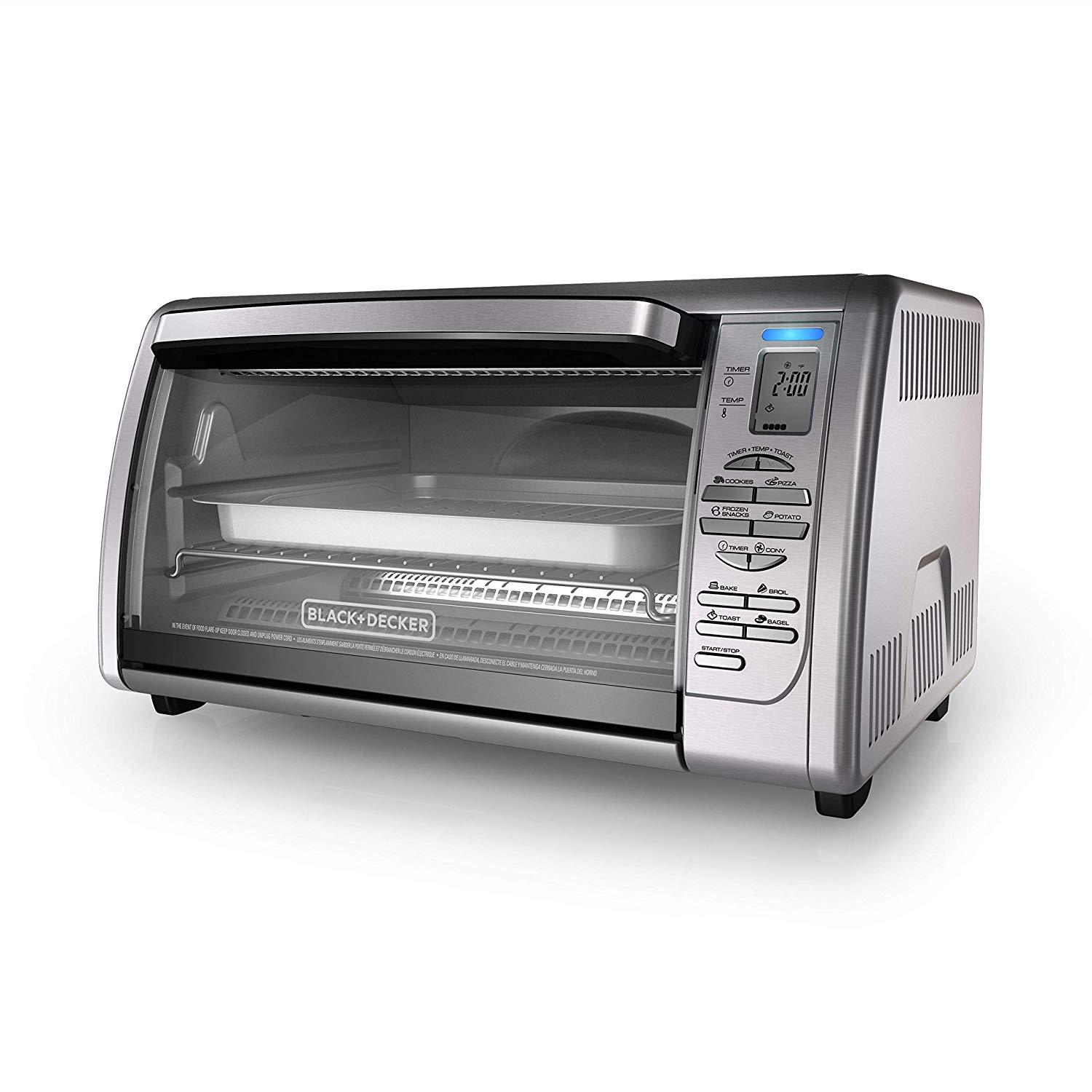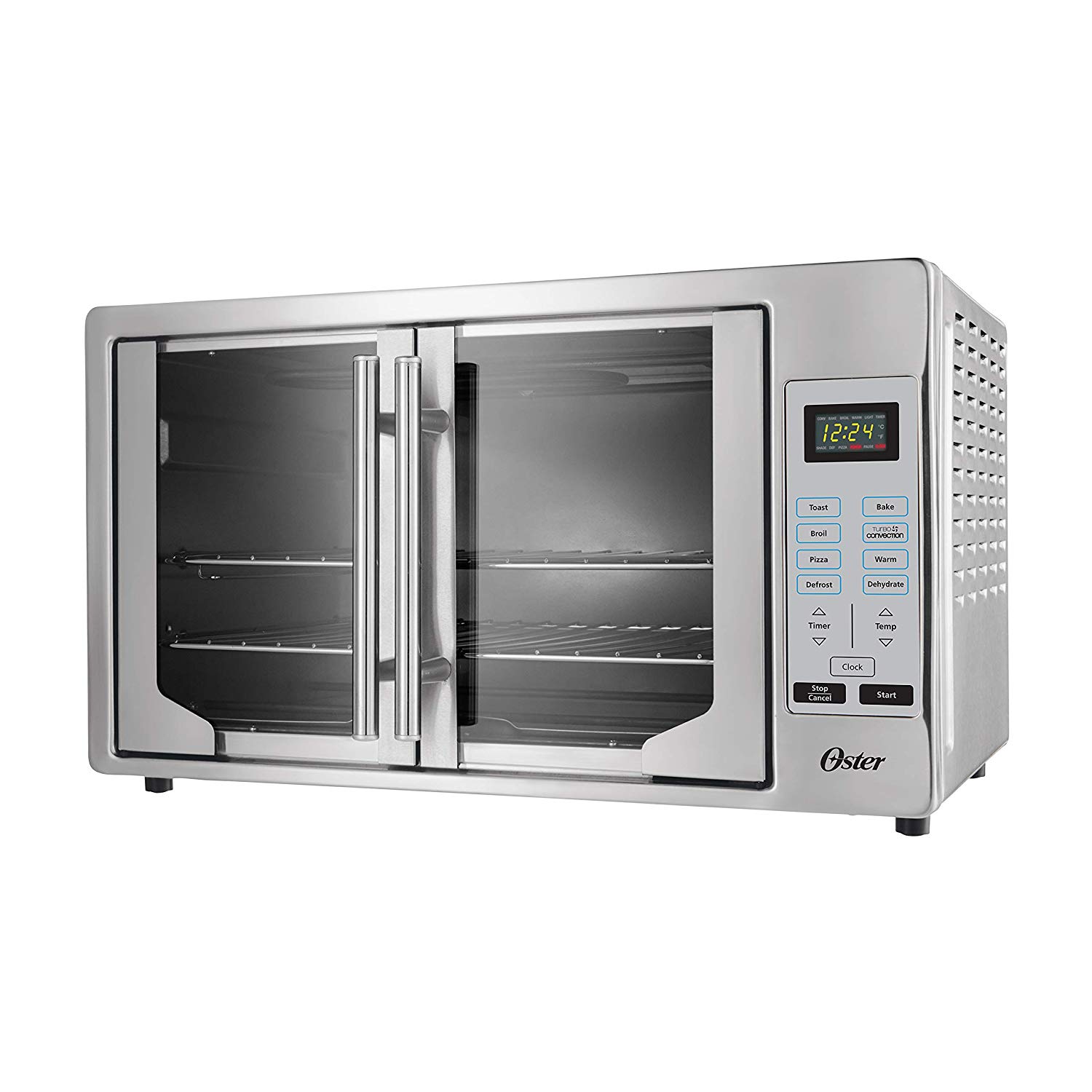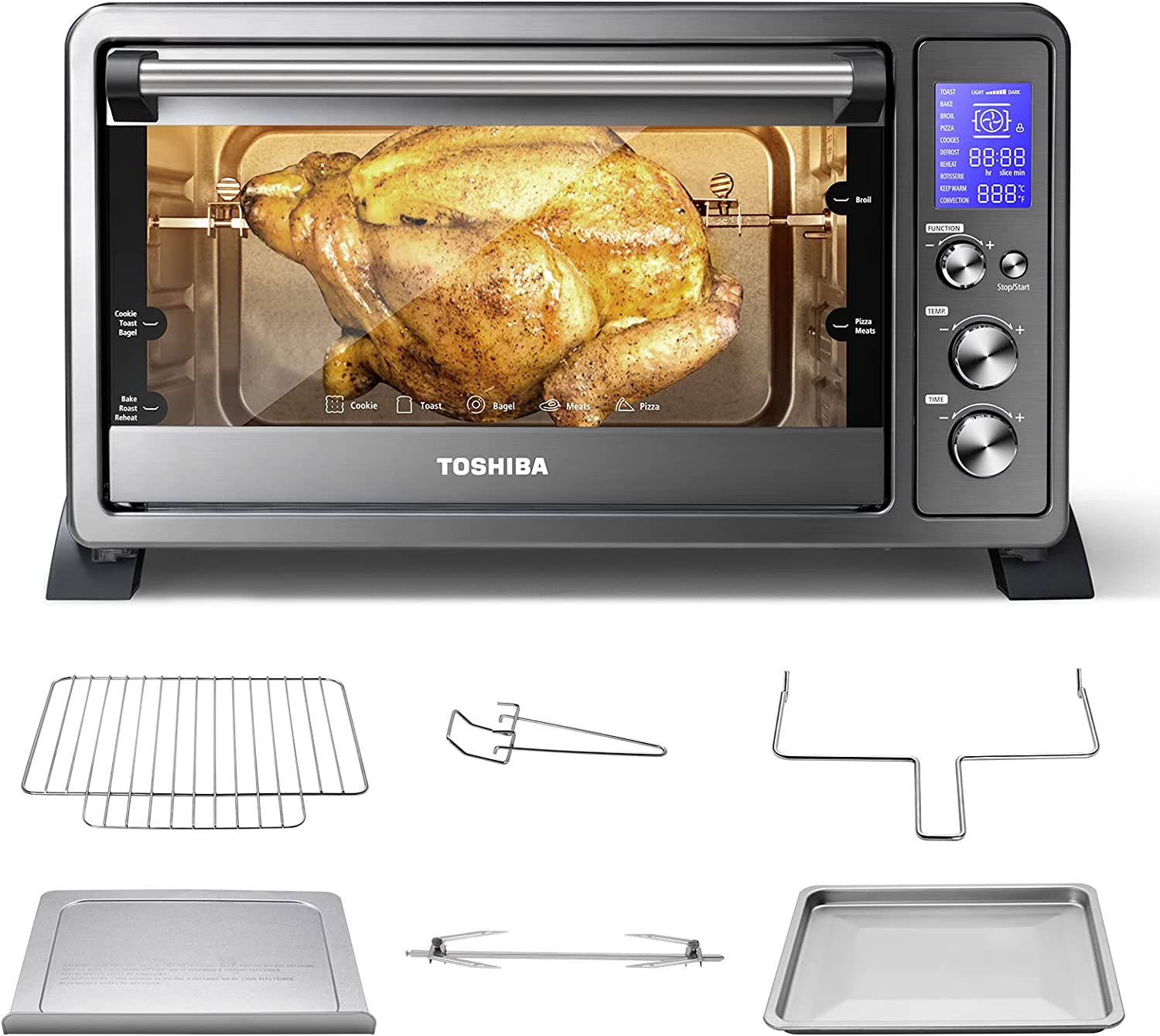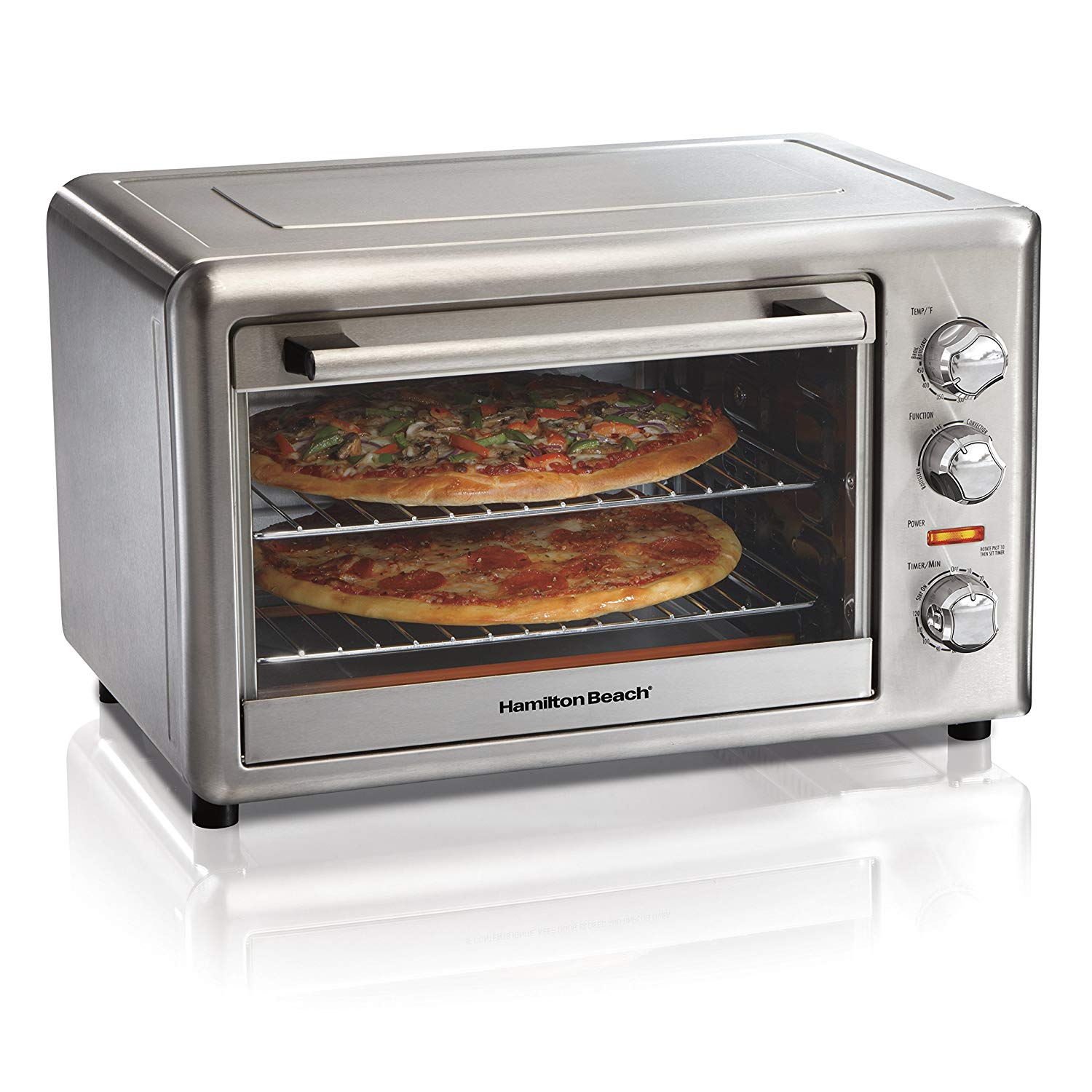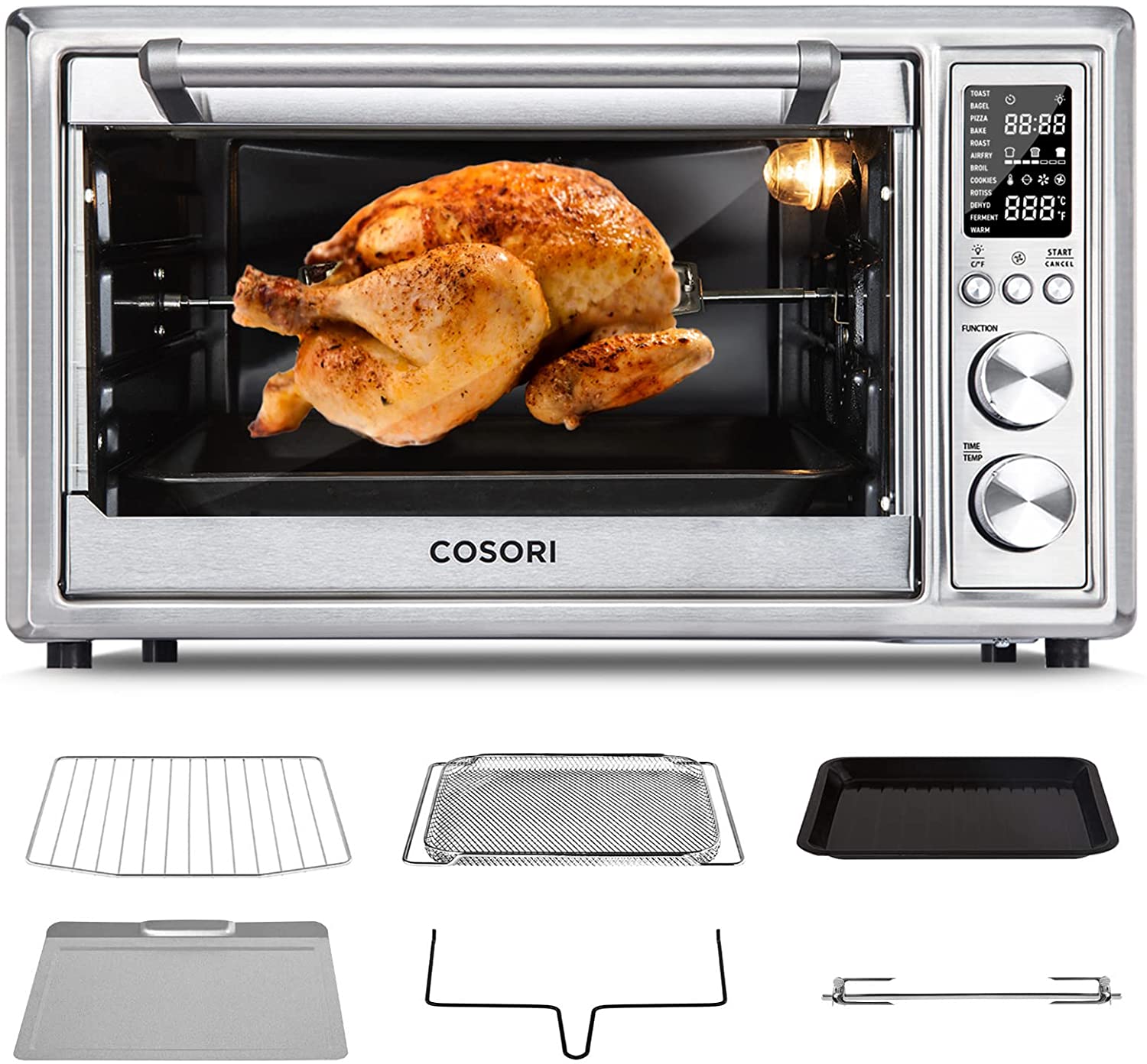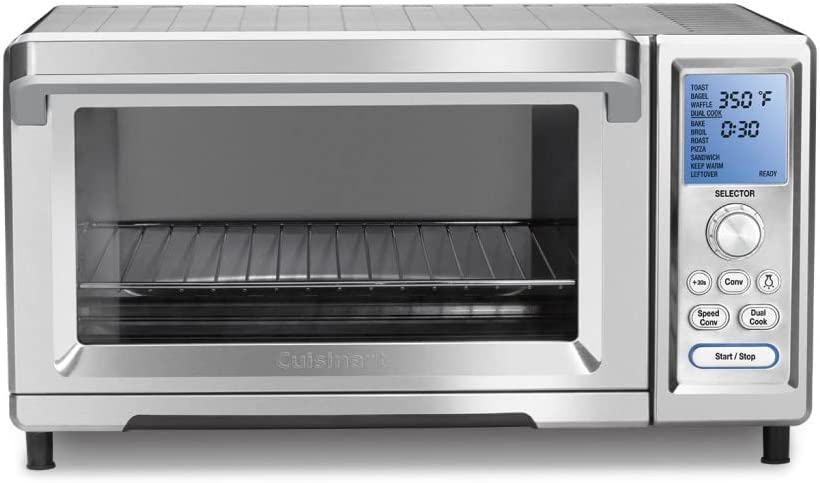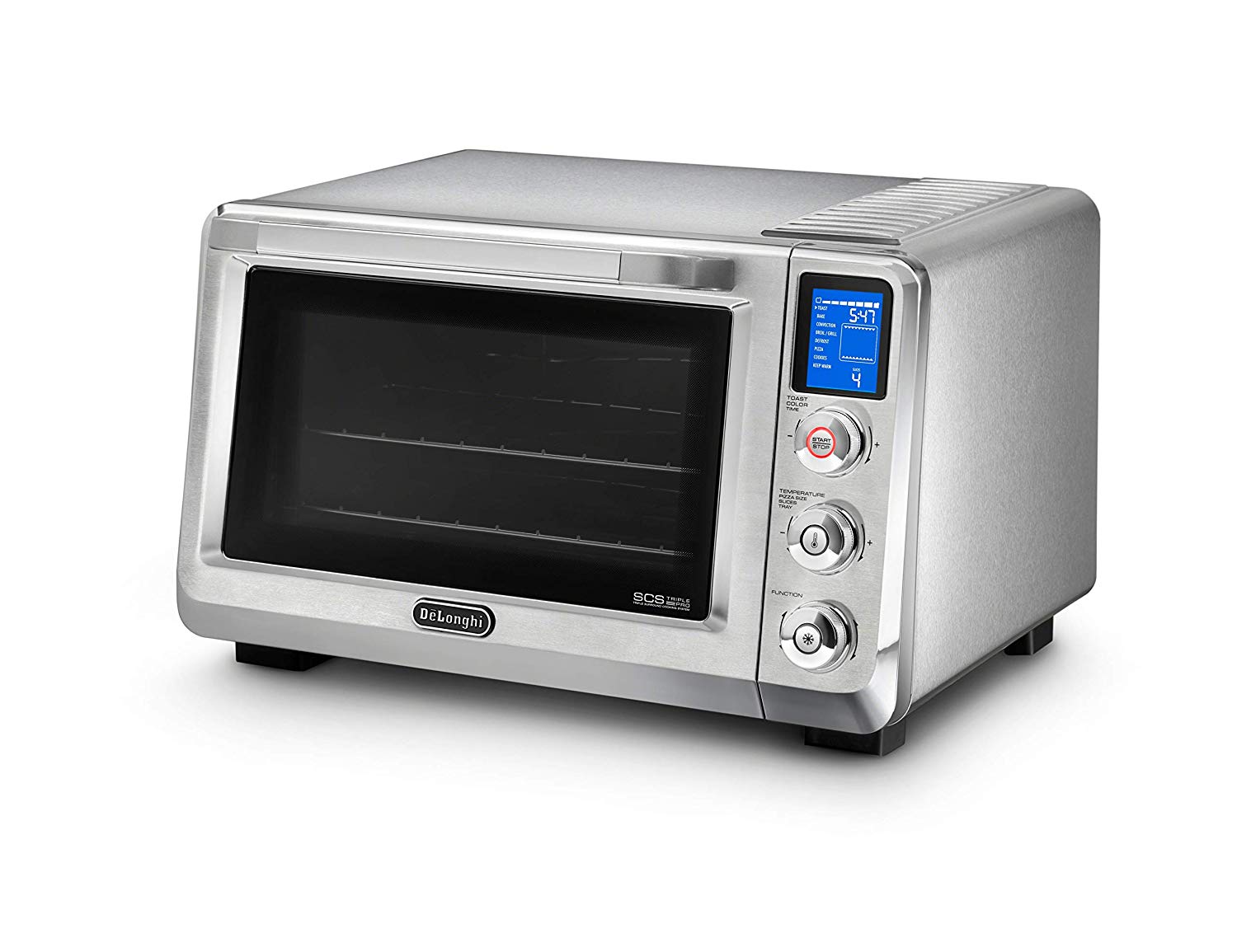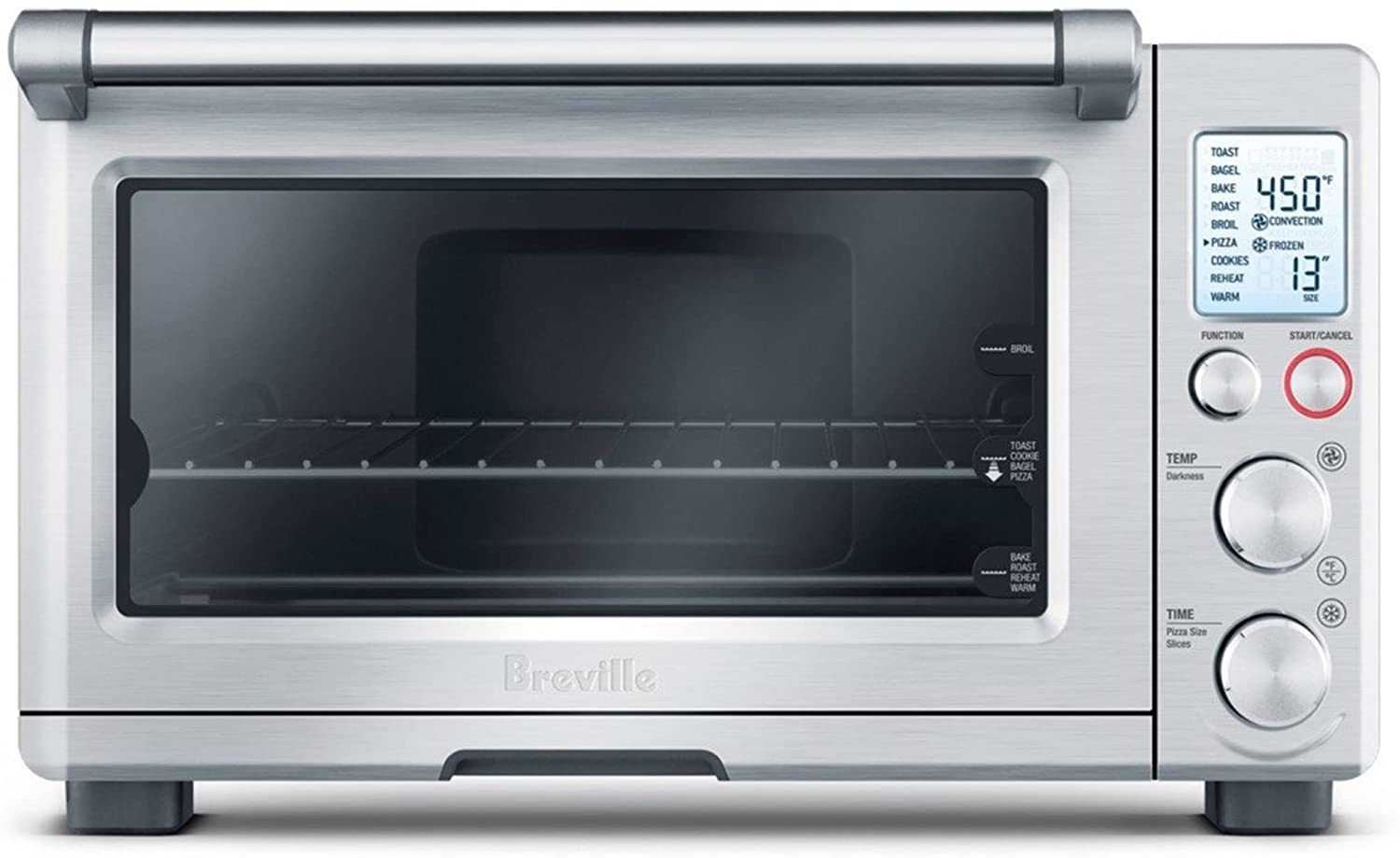KitchenAid Compact Convection Oven
Last updated: February 1, 2020
We looked at the top Convection Toaster Ovens and dug through the reviews from some of the most popular review sites. Through this analysis, we've determined the best Convection Toaster Oven you should buy.
Product Details
In our analysis of 55 expert reviews, the KitchenAid Compact Convection Oven placed 0th when we looked at the top 17 products in the category. For the full ranking, see below.Our Expert Consultant

Home Improvement Expert
Vicki Liston writes, produces, and narrates “On The Fly…DIY,” an award-winning home improvement and DIY show of unique project tutorials for the casual DIY’er.
Home improvement and all things DIY have been Liston’s passion since she bought her first house in 2007 and she started making video blogs in 2014. She’s performed hundreds of DIY projects, from small ones to major, wall-smashing renovations and can teach you how to make a trendy DIY barn door for cheap. The proceeds earned from “On The Fly…DIY” are donated to no-kill animal shelters and rescue organizations.
